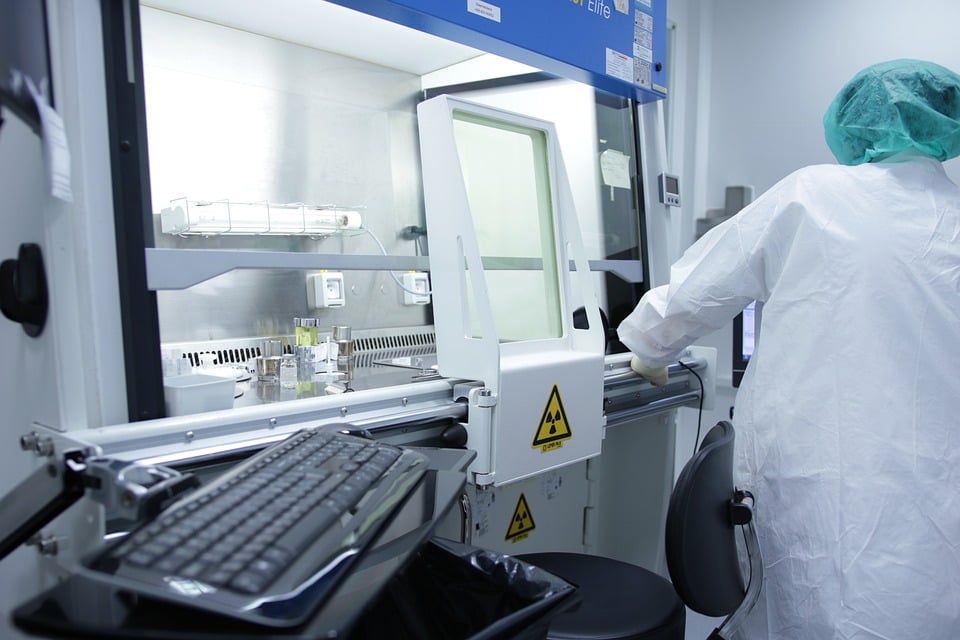Rachel L. Wasserman, PharmD, of the Department of General Internal Medicine at Brigham and Women’s Hospital, is the lead author and David W. Bates, MD, medical director of Clinical and Quality Analysis for Mass General Brigham and Co-Director of the Center for Artificial Intelligence and BioInformatics for Mass General Brigham, is the senior author of a new study published in BMJ Quality & Safety, “Frequency and preventability of adverse drug events in the outpatient setting.”
How would you summarize your study for a lay audience?
Many studies have analyzed adverse drug events (ADEs) in the inpatient setting, but limited data exist regarding ADEs in the outpatient setting. This study is the largest recent study regarding outpatient ADEs; patients included a large population treated at multiple sites including primary care, specialty care and emergency departments, over a one-year period .
What was the goal of your study?
The aim of this study was to determine the incidence, severity, and preventability of ADEs in the outpatient setting and identify potential prevention strategies.
What methods or approach did you use?
We conducted an analysis of ADEs identified in a retrospective electronic health records review of outpatient encounters in 2018 of 13 outpatient sites in Massachusetts that included 13,416 outpatient encounters in 3,323 patients. Triggers were identified in the medical record including medications, consultations, laboratory results, and others. If a trigger was detected, a further in-depth review was conducted by nurses and adjudicated by physicians to examine the relevant information in the medical record.
What did you find?
In all, 5% of patients or one in 20 experienced an ADE over the one-year period. We identified 198 ADEs among 170 patients, who had a mean age of 60. Most patients experienced one ADE (87%), 10% experienced two ADEs, and 3% experienced three or more ADEs. The most frequent drug classes resulting in ADEs were cardiovascular (25%), central nervous system (14%), and anti-infective agents (14%). Severity was ranked as significant in 85%, 14% were serious, 1% was life-threatening, and there were no fatal ADEs. Of the ADEs, 22% were classified as preventable and 78% were not preventable. We identified 246 potential prevention strategies, and 23% of ADEs had more than one prevention strategy possibility.
What are the implications?
Despite efforts to prioritize patient safety, medication-related harms are still frequent. These results underscore the need for further improvement in medication safety in the outpatient setting.
What are the next steps?
We assessed the preventability of ADEs and found that about 22% were preventable given what is known today; for both these and the remainder, we identified potential prevention strategies. The most desirable appeared to be AI-related future prevention possibilities. Additional studies are needed to develop new prevention approaches and then assess their impact.
Authorship:
In addition to Rachel L. Wasserman, PharmD and David W. Bates, MD, MSc additional authors include Heba H. Edrees, PharmD, Mary G. Amato, PharmD, MPH, Diane L. Seger, RPh, Michelle L. Frits, BA, Andrew Y. Hwang, PharmD, and Christine Iannaccone, MPH.
Paper cited:
Wasserman RL et al. “Frequency and preventability of adverse drug events in the outpatient setting.” BMJ Quality and Safety. DOI: 10. 1136/bmjqs- 2024-017098.
Funding:
Disclosures:
The authors declare that the research was conducted in the absence of any commercial or financial relationships that could be construed as a potential conflict of interest. Dr. Bates reports grants and personal fees from EarlySense, personal fees from CDI Negev, equity from ValeraHealth, equity from Clew, equity from MDClone, personal fees and equity from AESOP, personal fees and equity from Feelbetter, equity from Guided Clinical Solutions, and grants from IBM Watson Health, outside the submitted work. Dr. Bates has a patent pending (PHC-028564 US PCT), on intraoperative clinical decision support.

